Business
Broader participation in CPEC to boost economic activity
Published
4 years agoon
By
Editor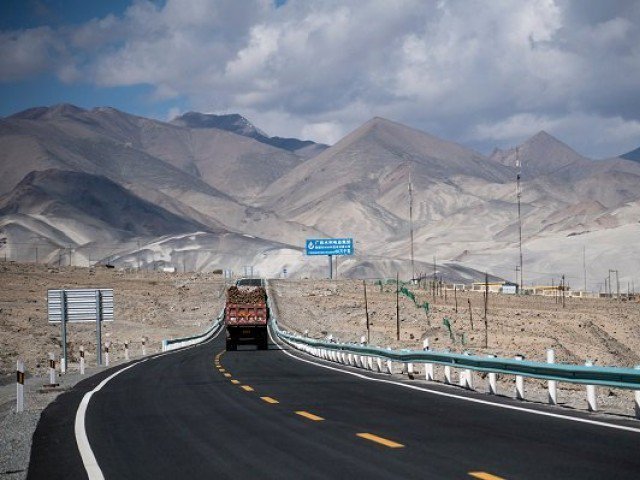
ISLAMABAD, Mar 14 (APP):With the smooth sailing of China Pakistan Economic Corridor (CPEC) project, Pakistan is foreseeing massive economic activity during days ahead. An appreciable outcome of a novel Belt and Road Initiative (BRI) of the Chinese government, Pakistan becomes the key player in the regional economic activity.
This project would not only earn billions of dollars revenue through trade but also generate thousands of jobs for the local people besides infrastructure development, power generation and projects in transportation, railways, agriculture, science and technology and tourism sectors.
One key outcome of the CPEC is the construction of Special Economic Zones under construction across the country through Pak-China joint venture. Keeping in view the importance of the project, number of other countries had also been showing interest off and on, to invest in the project.
The economic activity in the country is gaining momentum after the commencement of second phase of China Pakistan Economic Corridor (CPEC) that largely consists of industrial cooperation.Video Player00:2301:58
Although the Special Economic Zones (SEZs) planned under the umbrella of China Pakistan Economic Corridor (CPEC) are basically meant to relocate Chinese industry and investment but both the countries have already offered third party participation in the mega project.
The countries including Saudi Arabia, Qatar, Iran, Middle Eastern states and some Western countries have already showed interest to invest specially in the Industrial zones.
The third party involvement in CPEC is win-win for all as the participation would help the foreign companies to flourish their business by availing the lucrative facilities offered by the Pakistan government besides enabling Pakistan to boost its exports to the potential world market. Chinese authorities have also acknowledged the importance of broader participation in CPEC and SEZs.

Apart from Gwadar Free Zone, a total of nine SEZs are planned under CPEC, including the four priority SEZs in Sindh, Punjab and Khyber-Pakhtunkhwa: Dhabeji SEZ, Allama Iqbal Industrial City, Rashakai Economic Zone, and Bostan SEZ in Balochistan.
The CPEC is aimed at bringing the country among world’s top economies besides stabilizing Pakistan’s international status at political, economic and socially fronts. To achieve this aim, all government departments both from federal and provinces are busy
under the dynamic leadership of Prime Minsiter Imran Khan.
Under the $60 billion CPEC project, various projects worth of $53 billion have already been identified and 17 projects worth $25 billion have been completed under the Corridor. While 19 projects are under construction and 28 more projects including the historic ML-1 railway project are at various stages of planning and approval.
In these projects, three-fourth amount consist of Chinese investment which negates the international propaganda of the Chinese debt trap.
Parliamentary Secretary for Planning Kanwal Shauzab told APP that four out of nine SEZs identified under CPEC in various areas of the country are under progress.
“Specialized economic activities started at SEZs will help strengthen overall economy situation in the country besides raising millions of direct and indirect employment opportunities especially for those living along the CPEC route”, she added. “Our Chinese counterparts are helping us a lot in the industrial development but the local people are also working side by side for country’s progress under CPEC.”
The Parliamentary Secretary pointed out five elements under CPEC which would have direct or indirect positive impact on the people’s lives including connectivity, energy projects, socio-economic development like Prime Minister’s clean and green project.
She also welcomed the third party involvement saying if Saudi Arabia, US and other Western countries invest in the SEZs, it would prove as a game changer for the whole regions and beyond.
She informed Qatar had also been invited and the country can opt for a short route of CPEC to supply Liquefied Natural Gas to various countries instead of taking a longer route.
Chairman Federation of Pakistan Chamber of Commerce and Industry (FPCCI) Capital office, Qurban Ali said CPEC is a game changer for Pakistan. The broader activity at the SEZs with the participation of more countries would further boost economic activity at these Zones.
“If companies from Saudi Arabia, United States and other Western Countries invest in Pakistan’s Special Economic Zones (SEZs), the CPEC would further strengthen and would be a win-win for all,” he said.
Gwadar port city has the potential to surpass the international port cities such as Dubai as it can be inter linked with the whole region including Iran, Turkey and Middle Easter countries on one side and Afghanistan, China, Central Asian states and beyond to the Europe on the other side, he added.
He pointed out that the CPEC could be linked with Wakhan Corridor that was a 76-kilometre-long boundary and a corridor for access to not only Afghanistan but also the Central Asian states. “We need to fully benefit from this shorter route to reach out to Central Asian Republics.”
“The facilities offered by the government for industrialists investing in the SEZs under CPEC are very lucrative and now not only the local but the foreign industrialists were also showing willingness to invest in Allama Iqbal Industrial Park Faisalabad, Rashakai and other SEZs,” he added.
He said being the gateway to CPEC, Gilgit Baltistan (GB) is of extreme importance and there is need to focus this region for industrial development and well being of the people.
“The government has allocated a land for Moqpondass SEZ in GB and there is need for developing an Economic Zone at the site on priority so the people in that region also benefit from overall development process in the country.”
Since numbers of projects are already under development through CPEC, the time has come to further expedite the development work so the masses may be able to reap the benefit of this mega effort as early as possible.
Importance of the CPEC projects has also increased manifold in view of the price hike and global economic recession due to Covid-19. With rapid implementation of the CPEC projects, the situation would turn around and bring relief to masses lives in terms of cheaper commodities and employment generation.
You may like
-


Unity, Faith, and Discipline: The Cornerstones of Pakistan’s Motto as “Aik Qaum” (One Nation)
-


Aik Qaum: The Fusion of Integrity and Patriotism
-


“AIK QAUM” DECLARATION OF CONCEPTION
-


Dr. Abdul Qadeer Khan: The Real Hero of Pakistan
-


The Chiltan Ibex: A Rare Treasure of Balochistan
-


MANGO HEALTH BENEFITS NUTRITION
Business
Pakistan produced an incredible variety of ‘King of Fruits’
Fariyal Mir
Published
1 year agoon
May 28, 2024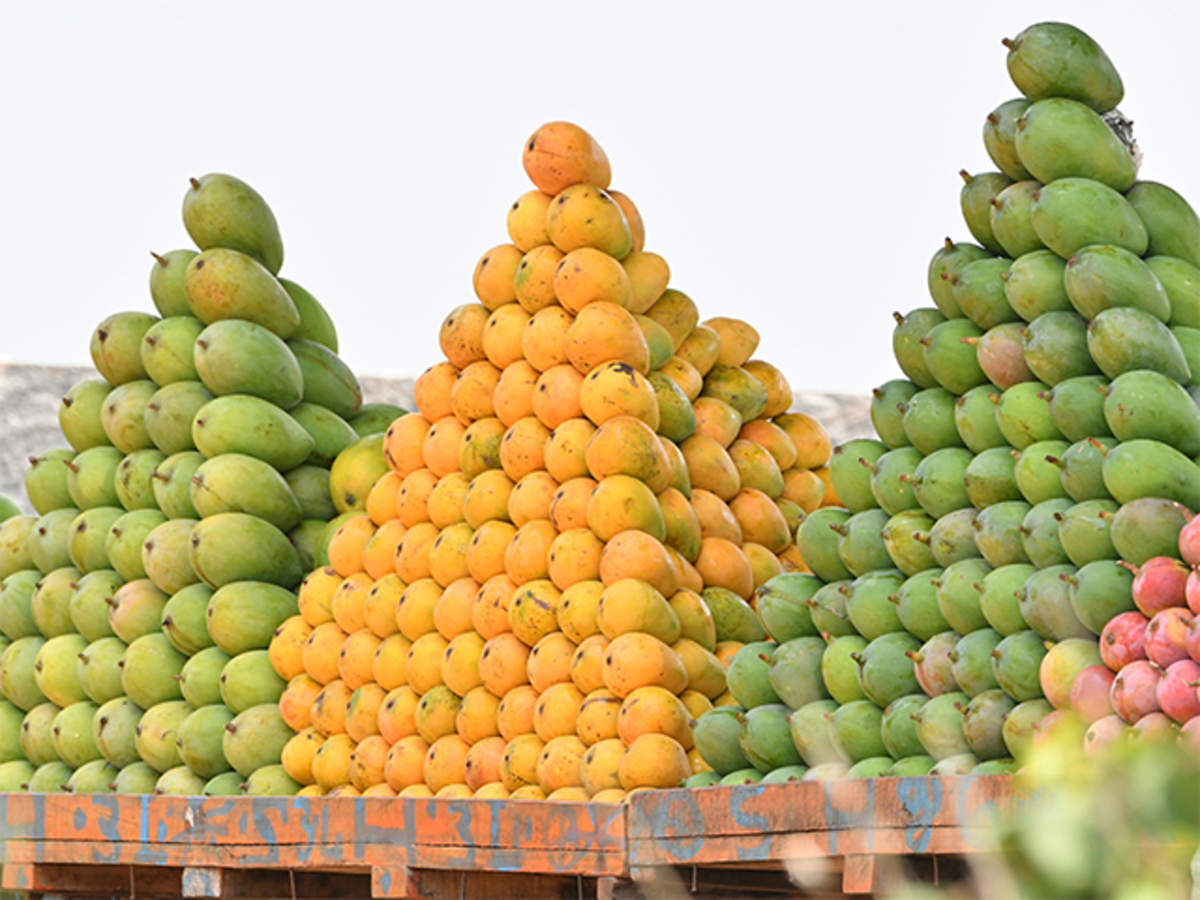
The fertile land of Pakistan produces an extensive number of Mangoes which is better called as ‘King of Fruit’. Pakistan exports Mangoes from corner to corner of the world. Mangoes are not just nationwide but worldwide favorite fruits. This tasty and nutritional fruit reaches the market in May and disappears till the last of September. Though Mangoes are grown in more than 90 nation-states yet Pakistan stands as the fourth number in the production of Mangoes. Moreover presently Pakistan produces more than 1.5 million tons of mangoes about which more than 5% is exported.
Surprisingly, there are more than 1200 kinds of mangoes in Pakistan but we know a few of them. Whereas, around 30 to 35 kinds of mangoes are produced on a profitable scale. Mangoes are the most awaited fruits and people wait passionately for summer to have the taste of the ‘King of Fruits’.
As I have mentioned that there is an abundant number of mangoes kind but here we will discuss a few of them. Some of the most famous and tasty variety of mangoes are given below:
SINDHRI
This variety of mango is highly produced in Sindh. It is oval in shape, large in size, and lemon yellow. It tastes sweet and smells pleasant.

CHAUNSA
Chaunsa is the best variety of mango produced by Pakistan. It is the most mouth-watering type of mango which is delightful and full of juice. It also contains merely the smallest of fiber. This variety is out in the market in the summer.
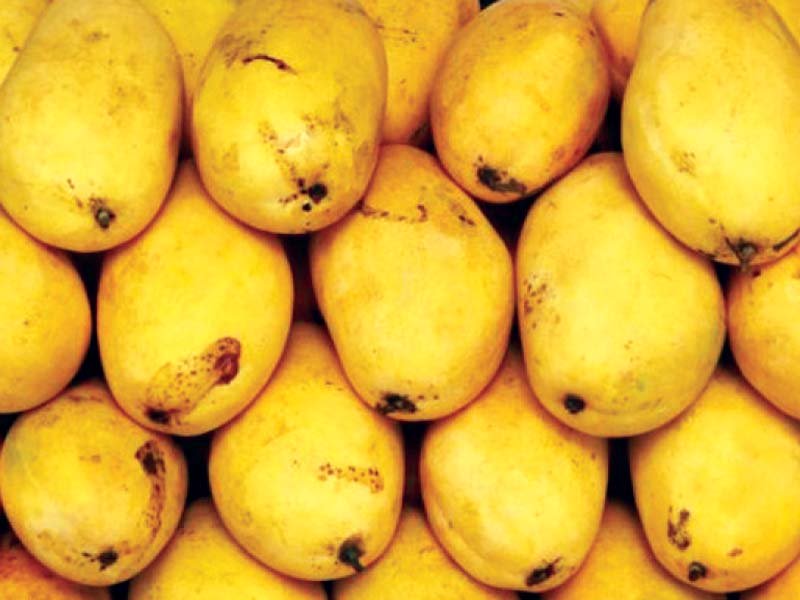
RED KIND ALSO KNOWN AS LAL BADSHAH
This variety of mango is the unique one. It is assumed to be a creamy mango with a small red color. It has an asymmetrical figure with moderately fixed skin.
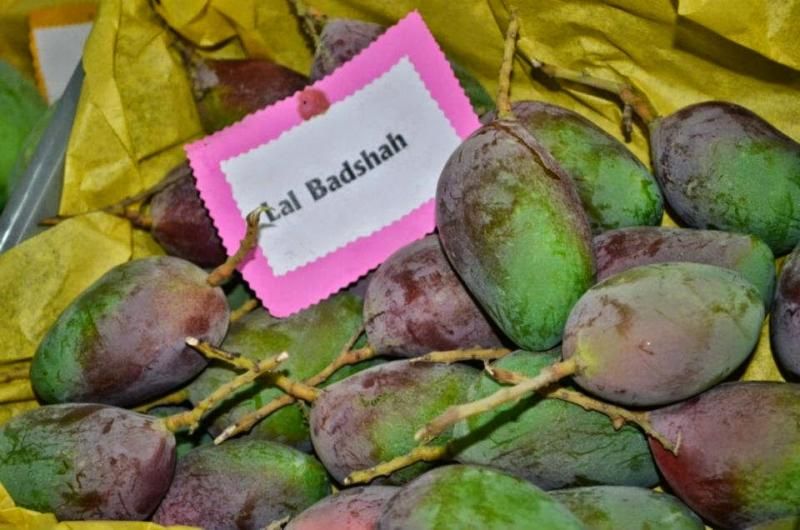
ANWAR RATOL
Anwar Ratol is another mouthwatering variety of mangoes that arrives on the market from July to August. This kind of mango is best for making ice cream.
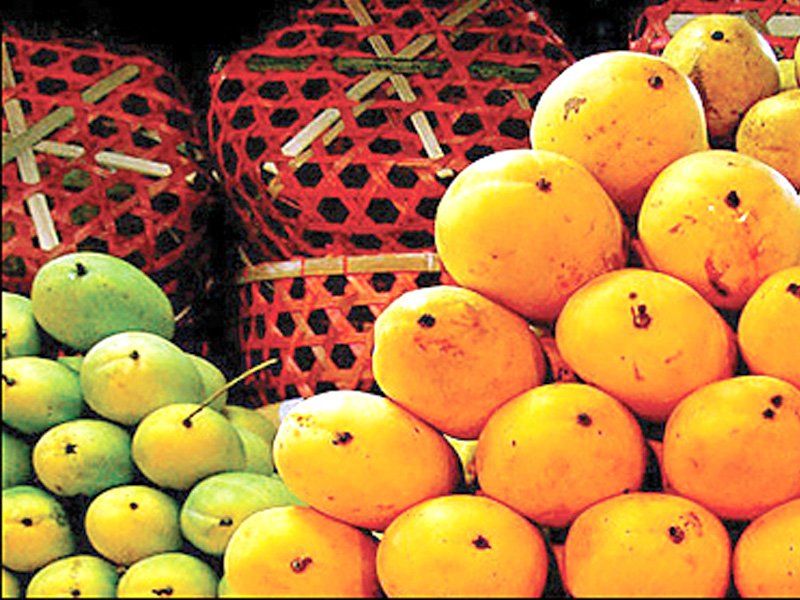
SUNEHRA
This variety of mango is oval in shape dark green in color until ripens. It is full of juice with heavy paste. This delicious variety comes around July and goes back till August.

LANGRA
This variety of mango is highly demanded in Europe in addition to Canada. Because it is a fibreless kind of fruit with fatty flesh. It is a little oval in shape and yellowish-brown in color. This kind remains in the market for two months.
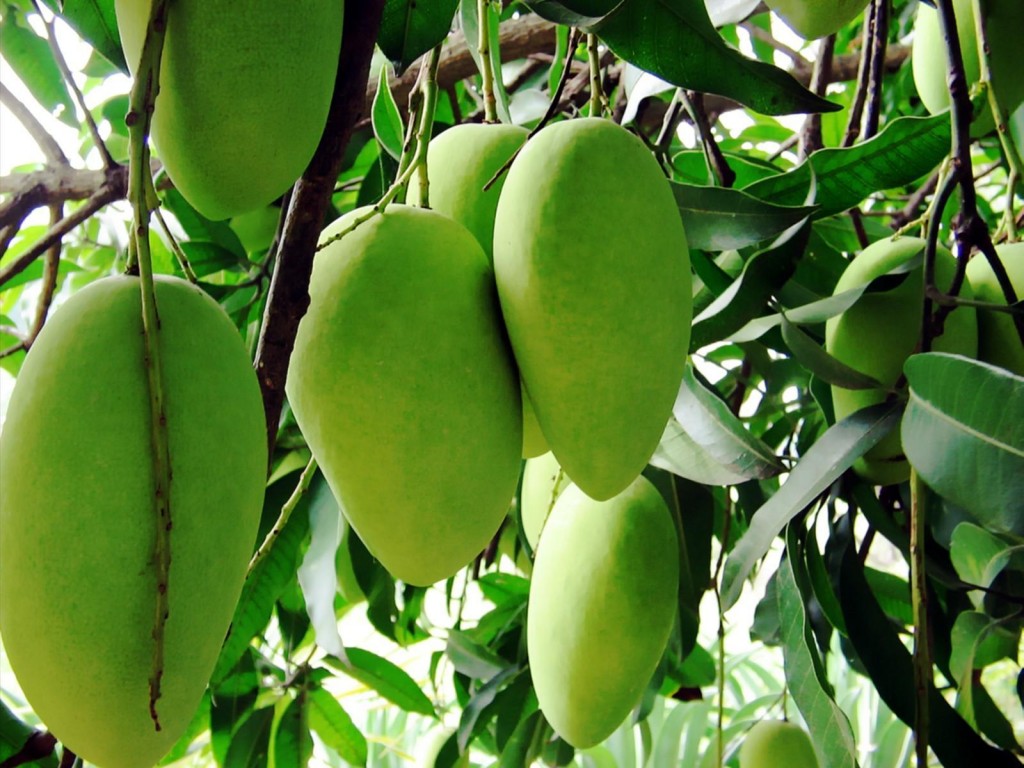
We are blessed with a land that can produce this much variety of mango fruits. So that we are always grateful to the Almighty. The only thing is we need to take good care of this land and we have to value its production.
Business
“Be Pakistani, Buy Pakistani” the spirit of Patriotism and Economic self-sufficiency.
Published
1 year agoon
May 14, 2024By
EDITOR
“Be Pakistani, Buy Pakistani” is a simple yet powerful slogan that promotes the idea of supporting locally made and produced products in Pakistan. It emphasizes the importance of choosing products that are manufactured within the country and encourages consumers to be conscious of their purchasing decisions. This slogan aligns with the principles of self-reliance, economic growth, and national development.
Promoting Local Industry
Supporting local products has a direct impact on the country’s economy. When people buy Pakistani products, it helps boost domestic industries, create jobs, and stimulate economic growth. This, in turn, strengthens the nation’s self-sufficiency and reduces its reliance on imported goods.
Quality and Diversity
Choosing local products doesn’t mean compromising on quality or variety. Pakistan boasts a wide range of industries that produce high-quality goods, from textiles and garments to electronics and food products. By buying Pakistani, consumers have access to a diverse range of quality products while contributing to their own country’s prosperity.
Sustainable Practices
Encouraging the “Be Pakistani, Buy Pakistani” mindset also supports sustainable and ethical business practices. Local industries are often subject to more stringent regulations and environmental standards, leading to cleaner and more sustainable manufacturing processes. By supporting local businesses, consumers indirectly promote eco-friendly and ethical production methods.
Cultural Preservation
Additionally, buying locally made products helps preserve and promote the country’s cultural heritage. Pakistan is known for its rich traditions and craftsmanship, which are reflected in various handcrafted goods and textiles. By choosing these items, consumers contribute to the preservation of cultural heritage and the livelihoods of artisans and craftsmen.
Community and National Unity
The “Be Pakistani, Buy Pakistani” slogan also fosters a sense of community and national unity. It encourages people to rally together in support of their nation’s industries and economy, reinforcing the idea that by working collectively, they can make a positive impact on their country’s future.
Conclusion
“Be Pakistani, Buy Pakistani” is a call to action that embodies the spirit of patriotism and economic self-sufficiency. It’s a reminder that every purchase we make can have a meaningful impact on our nation’s prosperity and development. By choosing Pakistani products, consumers can be active participants in building a stronger, more self-reliant Pakistan. This slogan serves as a testament to the power of individual choices in shaping a nation’s future.
Business
GB’s Dry Fruit – A potential source of revenue generation
Published
1 year agoon
May 14, 2024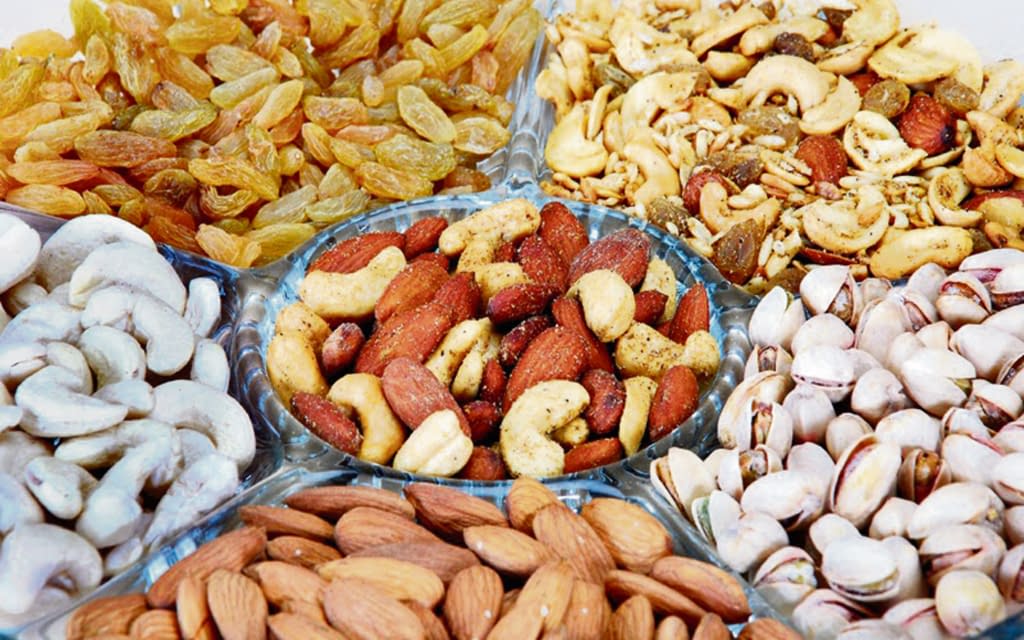
Pakistan is bestowed with countless blessings of Nature right from its oceans, rivers, landscape, weathers, rich agricultural land and fruits much better in quality than other countries especially the dry fruit. But, lack of proper attention and marketing globally, this bounty of Nature could not get a deserving space in international markets resulting in loss of earning for the local people and precious foreign exchange for the country.
As Gilgit-Baltistan’s unique geography and climate provides the perfect conditions for growing an array of distinctive dry fruits like apricots, almonds, walnuts, cherries, Kilao and various types of berries, there is dire need to promote these distinct flavored and nutritionally rich products in world markets.
“We take great pride in our dry fruits, particularly apricots cherries and walnuts,” said Gul Baz a dry fruit farmer from Hunza. “These are not just a source of income; they are also a part of our culture and heritage. Dry fruit produced in Northern Areas is delicious and provide essential vitamins to human body.”
One of the standout features of Gilgit-Baltistan’s dry fruits is their exceptional nutritional value. They are packed with vitamins, minerals, and antioxidants, making them a healthy snack option. For example, apricots in this region are full of vitamin A and C content, while almonds and walnuts are a great source of protein and healthy fats.
“Dry fruits in Gilgit-Baltistan are nutritional powerhouses,” said Ayesha Ali, a nutritionist in Gilgit.
“These products are rich in vitamins essential for immune support, skin health, protein and healthy fats as well as weight management and health of human heart. People must include some quantity of dry fruits to their diet.”
While dry fruit production has been a traditional livelihood for the people of Gilgit-Baltistan, limited marketing exposure has hindered their economic potential. By establishing proper marketing channels, local communities can benefit from increased sales to improve their earning as well as collectively venture to alleviate poverty from the region.
Aleem Hussain a local marketing expert has recommended multifaceted approach to tap the potential of unique dry fruits of Gilgit Baltistan.
“First, we need investment in packaging and labeling to highlight our products and then establish strong partnerships with national and international distributors.”
Secondly, he said, “we should effectively participate in world food expos to market our products internationally and expand their market network. New tools like social media and e-marketing should be fully exploited to connect local farmers with a broader customer base, both nationally and internationally.”
Aleem Hussain said, many dry fruit producers in Gilgit-Baltistan follow sustainable farming practices, their dry fruit orchards are organic and use traditional irrigation methods in natural environment. “Highlighting these practices can also be helpful for fruitful marketing and attracting eco-conscious consumers.”
He said despite immense potential, Gilgit-Baltistan’s dry fruit industry faces challenges like limited infrastructure, lack of awareness and inadequate marketing strategies. “Addressing these challenges can be beneficial for both the country and the local people.”
To unlock the potential of Gilgit-Baltistan’s dry fruit industry, the government and non-governmental organizations (NGOs) can play a crucial role by providing financial support, technical assistance and marketing expertise to local farmers and cooperatives to establish a sustainable supply chain.
Proper marketing efforts to secure slots in international markets can pave for Gilgit-Baltistan’s unique dry fruits to become sought-after delicacies globally. Exporting to countries with a growing demand for healthy and exotic foods can also be a game-changer for the region’s economy.
Meanwhile, Fazul Rehman, Director Agriculture and Livestock Gilgit Baltistan has informed that the region produces over 3,000 metric tons dry apricots, 3,000 tons almonds and a staggering 100,000 tons walnuts annually.
“Notably, all fruits grown in GB are organic, with no pesticides used, contributing to their superior quality and nutritional value,” Fazul Rehman said. “The region’s farmers could potentially earn more than $20 million from export of dry fruits against the current earning of just an estimated Rs 50 million.”
He suggested to setting up cold storages, develop proper infrastructure to address issues like quality standards and certification and impart proper training to local farmers for maintaining international standards. “Since, dry fruit production in GB is seasonal therefore its production window may not align with global demand. This mismatch can lead to missed opportunities in international market.”
Like many other treasures under the earth, to say gold, cobalt, barite, dolomite and copper etc, the Gilgit-Baltistan’s presents treasure of unique dry fruits on the surface of earth. But, for the world nations, these are the hidden gems, waiting to be discovered.
Therefore, proper strategies, support and investment can make this region a potential global hub for high-quality dry fruits, benefiting producers and consumers alike. Moreover, being an agricultural country, when respective governments announce incentives for the small and big farmers and ensure subsidies and rebates to the exporters for exporting these cash crops, they should also keep the dry fruit producing potential of Northern Areas in their mind as cash crops and include it in national policies incentives to grow this sector for contribution in national prosperity.

Unity, Faith, and Discipline: The Cornerstones of Pakistan’s Motto as “Aik Qaum” (One Nation)

Aik Qaum: The Fusion of Integrity and Patriotism








